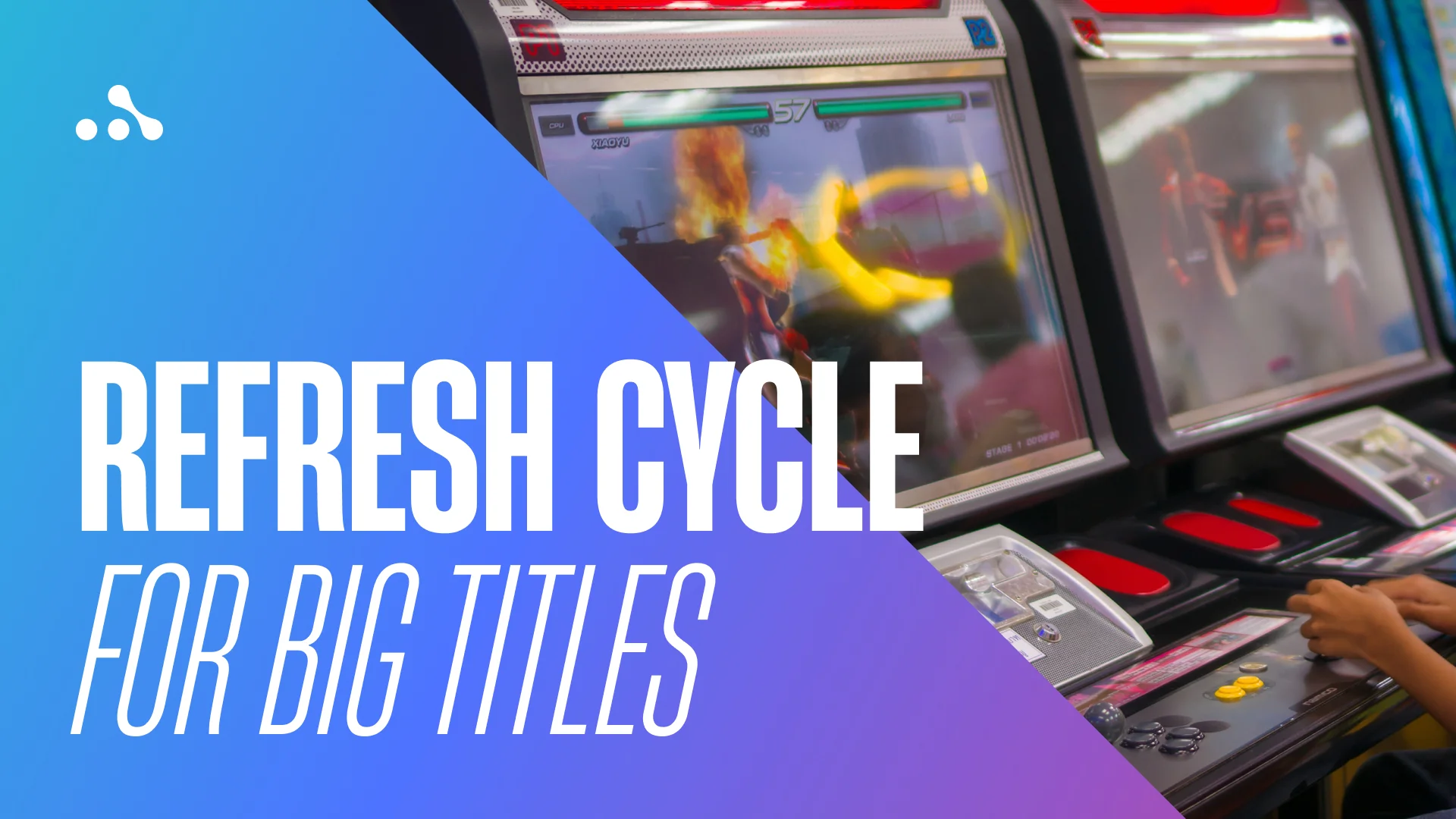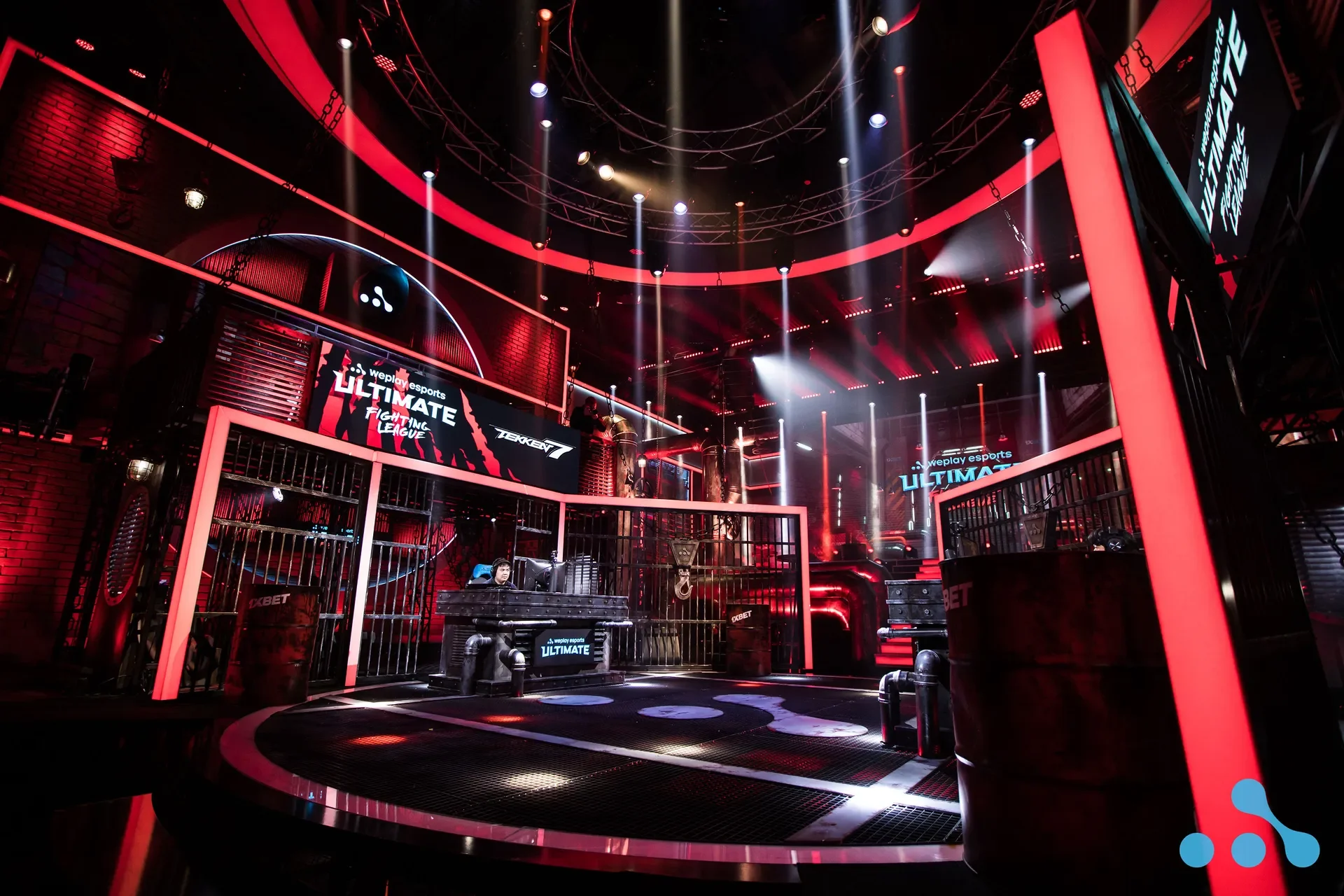May 9, 2023
Five Trends of the Fighting Game Industry (That Help DashFight Grow)

7 min read
It’s been almost three years since we launched DashFight. Not only has the platform become a top media and the best hub in its niche, but DashFight also continues to grow.
In this journey to new heights, we certainly follow the general trends of our industry. They are like rockets that help take the project to the stars. I would like to highlight some of those trends — to reflect on our current progress and future milestones. The trends are not necessarily new — it would be fair to call them recurring tendencies that power up the community and the business around fighting games.
Refresh Cycle for Big Titles
2023 is a huge year for fighting games — a lot of it thanks to just a couple of releases. Street Fighter 6 is out on June 2. The whole community is pretty obsessed with the game at this point thanks to its innovative approaches and awesome visuals. Tekken 8 hasn’t got an official release date yet, but the fire in gamers’ hearts is fueled by many trailers.
Two games only? What’s so special about them? Street Fighter is a great classic, a cornerstone for the community. It’s sort of a premium product, an elite league in fighting esports. Tekken is one of the most popular fighting franchises ever. It’s accessible for newcomers to the genre and deep enough to have tough pro competition.
Having these two big titles means:
- a fresh wave of people arriving in the community. Many casual gamers are hyped and going to come back to playing the genre again.
- more esports tournaments and more attention to them. Professionals from other titles will explore their opportunities in Street Fighter and Tekken, bringing people, brands, and money to the events.
The refresh cycle trend has been keeping the community alive for years. And each time, we witness substantial statistical improvements — both in the casual and pro segments.
DashFight is fully prepared to catch the hype train. We have a variety of content planned for casual players. Our platform is the perfect place for the pros to showcase their careers in many titles, including the newest ones.
The refresh trend is similar to the release of CS2, which has shaken the Counter-Strike community and made everyone super excited. This example nicely summarizes the effect of having SF6 and T8.
Accessibility
This trend is a result of tough discussions within the community. Many prefer the traditional (rather tricky) input — to keep the genre as an area for highly skilled players. But at the same time, a lot of people don’t like this extra layer of difficulty. They want to enjoy the fights, not struggle with those half-circles and Dragon Punches. The developers are clearly taking steps to accommodate these needs.
Street Fighter was traditionally an example of the classic input. But with SF6, the title has introduced simplified ways to activate a variety of moves. Granblue Fantasy also has a simplified input but still rewards the player if they use the classic pattern.
Inputs make up only an example of the accessibility trend. The developers obviously see the benefits of bringing their games to the general audiences, and they do so.
One game went the extra mile in this direction. Brawlhalla is available even on smartphones, so the players don’t need any special devices to play and enjoy it.
Accessibility opens new horizons for the industry as ever more people face no obstacles to delving into the genre. And what about the role of DashFight?
The accessibility trend doesn’t make games more shallow. It strongly emphasizes the strategy “easy to learn, hard to master.” Ever more people take their first, simplified steps into the fighting game genre, and then they discover the magic of gameplans, matchups, tricky fighting strategies, and other aspects that make the genre as wonderful as it is. Therefore, DashFight has a bigger crowd of beginners to hold their hands and lead them to their fighting game glory — through our many guides and introductions to the pro esports life.
Accessibility naturally attracts more people to the FGC, and DashFight is ready to greet them.
The Community, United
Just look at the traditional format of multi-title fighting game esports events, and you will feel the core of this trend. Evo, Combo Breaker, and CEO championships gather people in one big place, where different games are played at the same time. Fighting game players enjoy many titles but clearly feels as part of the same community.
One of the recent industry trends is companies taking care of uniting people even more.
- Cross-platform play is a real thing for modern fighting games. Tekken 8 has it confirmed. Guilty Gear Strive has this feature. Brawlhalla offers crossplay between all the platforms.
- The rollback netcode effectively solves the problem of lags in online matchmaking between physically distant locations. The regional communities are not separate, and players can enjoy the matches even if their local scene is not exactly crowded. The technology has become a standard for new releases (Melty Blood: Type Lumina), and even older titles tend to implement it (Dragon Ball FighterZ, BlazBlue Centralfiction, Samurai Shodown).
Sure, both crossplay and rollback netcode face some technical issues and have to deal with a conservative mindset. But a trend is a trend — the industry is firmly set on this path, and artificially breaking up the community feels rude.
DashFight is totally in on this tendency. The platform is initially meant to unite players regardless of their platform, game, and skill level.
And we certainly benefit from gathering the whole community in the same online space. It’s a representation of those multi-title events where everyone is unique, but still, everyone finds something interesting and helpful. We are going to strengthen this unified diversity.
The Power of Offline; Omnipresence of Online
The pandemic demonstrated a high level of adaptivity in the FGC. With most offline events being impossible, the competition successfully shifted to the online dimension. Many online tournament series were born and grew in popularity. They remain alive even with the tension around in-person gatherings substantially decreasing.
In 2023, the esports schedule has pretty much returned to its normal offline track. It’s the first year when Brawlhalla has offered offline tournaments again (three DreamHack events). Such huge leagues as the Capcom Pro Tour, Tekken World Tour, and DBFZ World Tour have quite a few offline tournaments.
But with the in-person competitions on the rise again, online tourneys are not going anywhere, either. They offer the players a comfortable space for regular competitions. It’s a great show for stream viewers and a chance for the participants to improve their skills.
In-person events have an awesome flavor of uniqueness and prestige. Online tournaments keep the fights going in between. The fighting game competitions are going on non-stop — and it’s a great trend for the community in general and for DashFight in particular.
It would be fair to say that the fighting game esports industry is like a phoenix: it was reborn in the fire of the pandemic and has returned stronger.
DashFight is proud to be part of this process. We pay decent attention to many online leagues, which represent the “daily” life of the community. And we certainly highlight big offline gatherings — as a source of information for the general audience and as a practical tool for the participants.
The more tournaments the community has, the more people come to DashFight. Both online and offline dimensions of fighting game esports give our platform the opportunity to be of help to real players and thus grow even more.
Free-to-Play Blockbusters
The monetization scheme in fighting games is totally different from other esports disciplines. Here, the games are paid, and then the players can purchase new characters and some cosmetics. But some titles break this tradition and follow the path of Counter-Strike, Valorant, and Dota 2, offering free access to the fights with a limited number of characters. The players may decide to pay for having the whole roster — but the main income that allows the the game to thrive comes from countless cosmetics.
Brawlhalla has been the first to implement this strategy, and the game did it very successfully. The developer (Blue Mammoth Games) and publisher (Ubisoft) actively invest in the esports department, having $1 million as the overall prize pool in the current competitive season.
MultiVersus aspires to compete with Brawlhalla in the sub-genre of platform fighting games. It has the advantage of having famous heroes in the roster, and the developers use the same free-to-play monetization scheme.
Project L is an upcoming fighting game by Riot. And they certainly want to implement the monetization success of their other products (LoL, Valorant). It was officially confirmed that Project L will be free-to-play.
This trend will certainly bring so many more people to the fighting game community. And once again, DashFight will be fully prepared to greet every newcomer and provide them with all sorts of content.
Free-to-play fighting games sure are super accessible. But they also have deep strategies and multiple tricks. The esports scene needs the events to be covered. And the pros certainly require straightforward tools for developing their careers. As a media and hub, DashFight will strongly benefit from the growth of the free-to-play model among fighting games.
I’ve summarized various processes in our area of expertise to help everyone quickly understand the dynamic and highly promising life of the industry. DashFight lives and grows with the community. Also, we foresee future tendencies to get the product prepared for further evolution of the FGC. Many new developments are right around the corner.

